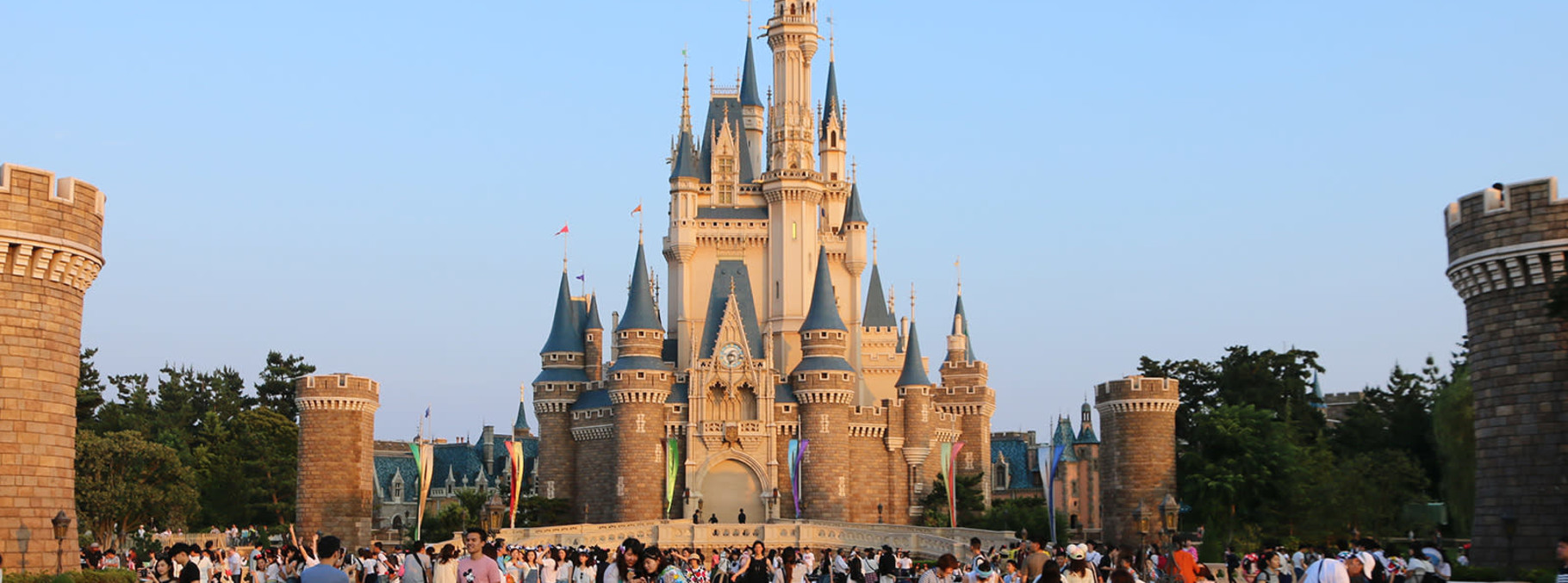Museum Meiji Mura


(Source: リラクゼーションサロンフォレスト サンストリートのおきらくブログ)
Reception Hall of Marquis Tsugumichi Saigo House
It is said this Western-style building was originally built around 1880 for Japanese soldiers designed by a French architect. In 1965, the building was officially registered as a national important cultural property. Nowadays, the inside of the building is decorated with furnishings from buildings like Rokumeikan which were used as guest houses during the Meiji period.

(Source: photokiti写真日誌)
Main Entrance Hall and Lobby of the Imperial Hotel
The Imperial Hotel was designed by the American architect, Frank Lloyd Wright and built in 1923. When the hotel was planned to be rebuilt in 1967, voices from both America and Japan sought to preserve this precious structure and so the main entrance hall and lobby was moved and reconstructed in the Meiji Mura.

(Source: Yuky R.)
St. John’s Church
St. John’s Church was built by an American missionary architect in 1907. The characteristic feature of the church is the Romanesque architecture often found in medieval Europe combined with Gothic design.

(Source: Lonely Trip)
Steam Locomotive and Street Cars that were actually used
The Meiji Mura is not just for looking at, but also for experiencing by riding old forms of transportation from the Meiji period. Here, you can find steam locomotives around 140 years old as well as the first street car in Japan that was used in Kyoto. These are popular attractions that will certainly make you feel like you’ve traveled back in time.

(Source: ベアーズ)

(Source: mes pensees)
Haikara Ishokan Fashionable Attire Center
The Meiji period was also a time when Western attire became all the rage. In the Haikara Ishokan, you can try on dresses and hakama (traditional Japanese skirt/pants) that were popular during the Meiji period and take a commemorative photo. There are outfits for both guys and girls alike so dress up with your date or family and make a perfect memory of your trip to Meiji Mura.

(Source: 明治村)
Taste some of Japan’s yoshoku cuisine at the Romantei
In Meiji Mura, at the Romantei, you can taste some genuine yoshoku (Japanese and Western style mix) cuisine which became popular in Japan during the Meiji period. We recommend enjoying the omu-rice (rice omelette) amid a relaxed atmosphere of burning lamps. This wondrous dish with ketchup sauce over a fluffy rice-filled omelette is a popular yoshoku dish you can only try in Japan.

(Source: 食べログ)

(Source: リラクゼーションサロンフォレスト サンストリートのおきらくブログ)
Reception Hall of Marquis Tsugumichi Saigo House
It is said this Western-style building was originally built around 1880 for Japanese soldiers designed by a French architect. In 1965, the building was officially registered as a national important cultural property. Nowadays, the inside of the building is decorated with furnishings from buildings like Rokumeikan which were used as guest houses during the Meiji period.

(Source: photokiti写真日誌)
Main Entrance Hall and Lobby of the Imperial Hotel
The Imperial Hotel was designed by the American architect, Frank Lloyd Wright and built in 1923. When the hotel was planned to be rebuilt in 1967, voices from both America and Japan sought to preserve this precious structure and so the main entrance hall and lobby was moved and reconstructed in the Meiji Mura.

(Source: Yuky R.)
St. John’s Church
St. John’s Church was built by an American missionary architect in 1907. The characteristic feature of the church is the Romanesque architecture often found in medieval Europe combined with Gothic design.

(Source: Lonely Trip)
Steam Locomotive and Street Cars that were actually used
The Meiji Mura is not just for looking at, but also for experiencing by riding old forms of transportation from the Meiji period. Here, you can find steam locomotives around 140 years old as well as the first street car in Japan that was used in Kyoto. These are popular attractions that will certainly make you feel like you’ve traveled back in time.

(Source: ベアーズ)

(Source: mes pensees)
Haikara Ishokan Fashionable Attire Center
The Meiji period was also a time when Western attire became all the rage. In the Haikara Ishokan, you can try on dresses and hakama (traditional Japanese skirt/pants) that were popular during the Meiji period and take a commemorative photo. There are outfits for both guys and girls alike so dress up with your date or family and make a perfect memory of your trip to Meiji Mura.

(Source: 明治村)
Taste some of Japan’s yoshoku cuisine at the Romantei
In Meiji Mura, at the Romantei, you can taste some genuine yoshoku (Japanese and Western style mix) cuisine which became popular in Japan during the Meiji period. We recommend enjoying the omu-rice (rice omelette) amid a relaxed atmosphere of burning lamps. This wondrous dish with ketchup sauce over a fluffy rice-filled omelette is a popular yoshoku dish you can only try in Japan.

(Source: 食べログ)





